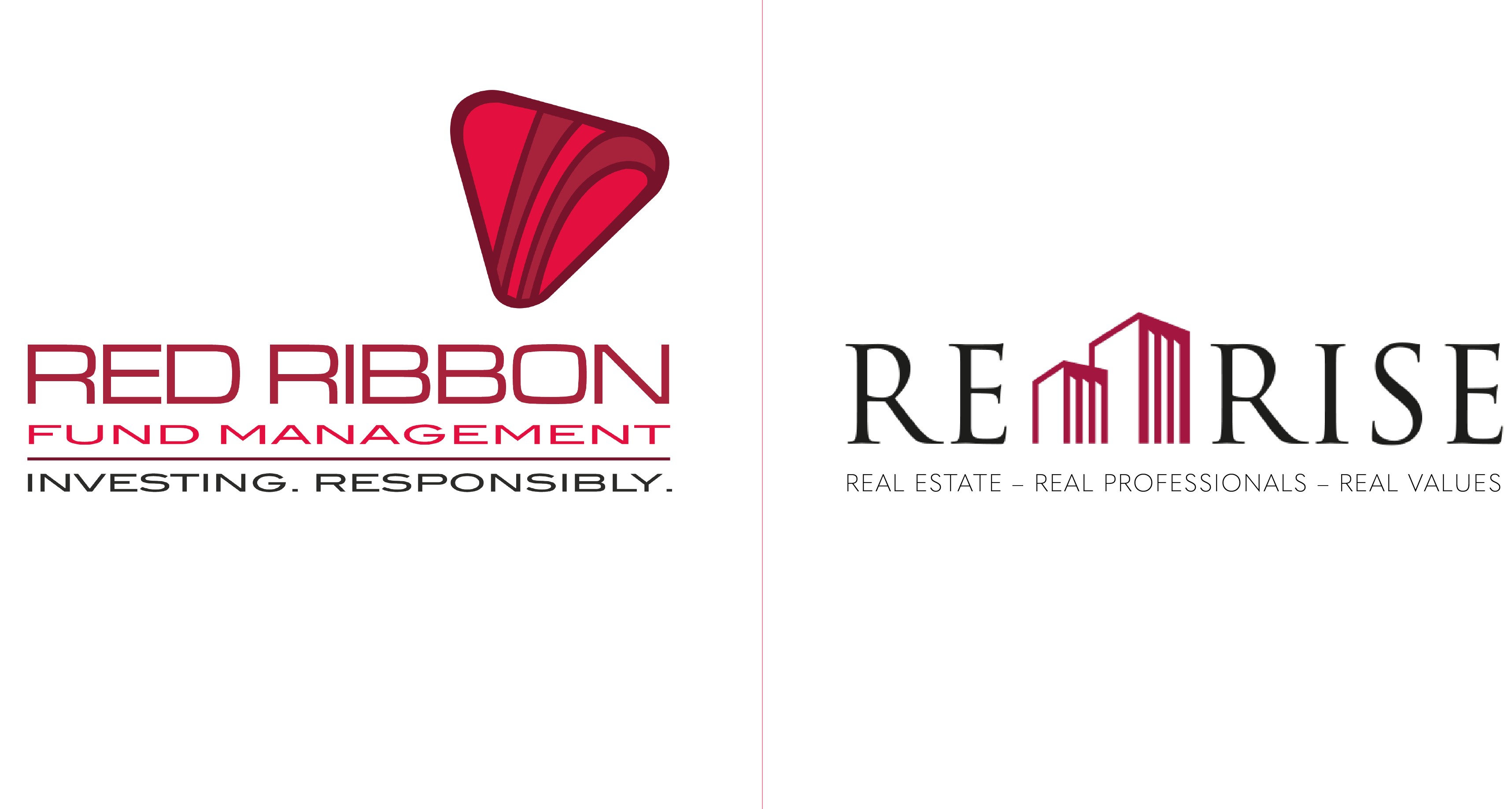What can you do with a broken brick, clotted with mortar and torn from the heart of a demolished building? Well, you could get more bricks, lay them in a line and offer them to the Tate Gallery as an “Installation”, but short of that (frankly unlikely) option, the brutal answer is “not very much”. And the same goes for all that twisted, rusting steelwork, left scattered behind on the demolition site. Like the broken bricks, it is almost impossible to recycle and will almost certainly end up in a landfill site. And at the other end of its clunking life cycle, traditional on site construction currently accounts for an extraordinary 36% of worldwide energy consumption and 40% of global CO2 emissions: all those trucks belching out exhaust fumes, crawling to and from inner city developments to feed the daily demands of dumpers, drills and jackhammers.
Across the World four billion tonnes of concrete are poured every year, adding 2.8 billion tonnes of CO2 to our precious and fragile atmosphere, which is more than double the 1.04 Billion tonnes of CO2 produced annually by worldwide aviation, even in the years before Pandemic restrictions more or less shut it down (www.ourworldindata.org).
You get the message…Dinosaur Construction isn’t good for the Planet.
Sustainable Construction
On the other hand, Sustainable Construction can put a stop to all that: making use of renewable and recyclable materials, reducing energy consumption and creating a healthy, environmentally friendly environment…not to mention protecting the Planet in the process.
So why, according to the 2018 World Green Building Trends, Smart Market Report (www.worldgbc.org), do more than 50% of construction companies still believe sustainable construction technologies are more expensive? Perhaps they simply prefer laying broken bricks in a line…in which case (to save them looking it up) the contact number for the Tate Gallery is +44 20 7887 8888 (its closed at the moment by the way).
But whatever their business plan, they couldn’t be more wrong…
Less Expensive, More Efficient
Sustainable Construction is not only less expensive than dinosaur construction technologies, it also supports lower operating costs once the building is completed: all of which feeds directly into the bottom-line.
Take Modular Construction for instance: pre-assembled units are manufactured off site in climate controlled conditions, which means fewer trucks choking their way to the site every day and fewer days lost with workers sheltered in huts from the rain. Buildings constructed using advanced Modular systems are 30% lower in price than their conventional equivalents and they typically re-use 80% of their components, which fits in perfectly with the demands of the Circular Economy (www.oecd.org): prolonging the useful lifespan of key components.
That all adds up to annual savings of more than £400 Billion across worldwide markets, added to which waste levels are lower too, so you may not need to contact the Tate after all…
Smart builders are already factoring these costings and efficiency savings into their tenders, offsetting front-end construction costs and reducing environmental impact as part of the new Circular Economy.
What’s not to like?
Modulex Construction
Modulex Construction (www.modulexglobal.com) is the World’s largest Steel Modular Building Company. It was established by Red Ribbon (www.redribbon.co) to harness the full potential of fast evolving technologies and deliver at pace to meet the evolving needs of the community.
Executive Overview
I don’t think it’s sufficiently understood how energy hungry and polluting conventional construction technologies can be. So given current demands for affordable housing and new infrastructure projects, it really is time to look for some sustainable alternatives.
Modulex Construction is the World’s largest Steel Modular Building Company. It was established by Red Ribbon to harness the full potential of these fast-evolving technologies and deliver at pace to meet the evolving needs of the community





